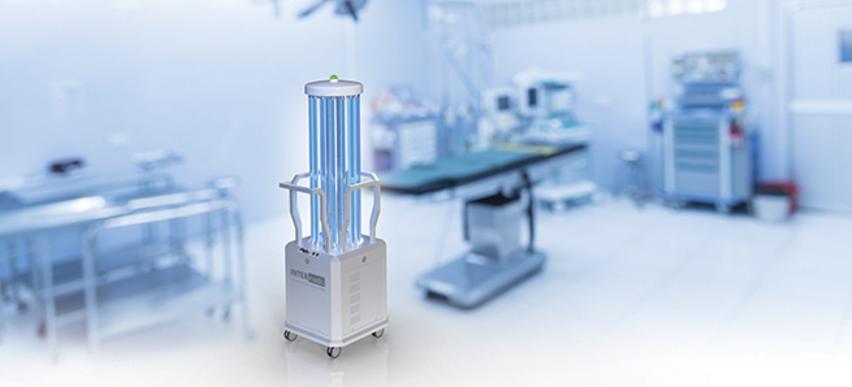
Cleaning and sanitation technology is allowing hospitality companies to meet new customer needs and demands.
Technology has been changing and enhancing the way we run our businesses in the hospitality and wellness world. 2020 was an unpredictable year, and we’re coming out of it seeing big interest in areas of tech wellness, elevated generations of existing technologies, and wider spread adoption.
One of those areas is cleaning and sanitation tech. The COVID-19 pandemic has had a huge impact on customer needs and expectations. Research conducted earlier this year by P&G Professional found that:
- 57% of travellers expect more transparency around what hotels are doing to keep guests safe and rooms clean, both in-person and on the company website
- 67% expect to see more thorough and frequent cleaning
- 61% expect to see more visible methods of cleaning, like pamphlets and signage
- Cleanliness and housekeeping procedures were ranked as the most important attributes for hotel guests, surpassing both the price of the room and location of the hotel
While most the hospitality industry has always practised strict cleaning protocols, this cleaning was traditionally done behind closed doors. The pandemic has prompted a switch to doing it in front of guests, so they can see that the cleaning is being done and can feel reassured.
Cleaning & sanitation tech to the rescue
Technology is also playing a role in these enhanced cleaning and sanitation requirements. ARVE, a Swiss start-up, has introduced a data-based system offering verification of proper execution of cleaning protocols. This allows hotels to track cleaning performance of their teams and provides guests with proof that hygiene protocols are being followed. ARVE, according to HospitalityNet, is the first service to fulfill this need using data-driven intelligence.
Enter the robots
And the use of robots is on the rise. Cleaning robots are not new and have been used for some time now in hospitals, hotels, and homes – like the iRobot Roomba vacuuming robot. Now Nasdaq reports that usage of cleaning robots has dramatically increased since the coronavirus outbreak, and predicts that these robots will stay in trend even as the world returns to normal. Among the types of robots used are vacuuming robots, disinfectant spraying robots, and UV light robots.
One major player, as use of these bots expands from hospitals to hospitality, is the COMVAT DUO₃, a high energy hospital grade UV-C for no-touch environmental disinfection. The COMVAT DUO₃ uses UVC light and ozone, either independently or sequentially, to clean fungi, bacteria, and viruses from air and surfaces. According to the website, “The added performance of Ozone Disinfection improves the integrity of the disinfection process in heavily shadowed areas and any areas of low exposure to pulsed xenon or continuous wave UVC. […] The combination of these two reference technologies is what elevates the performance of the COMVAT DUO₃ supporting a global disinfection process, overcoming the limitations of other technologies.”
APN News quotes IEEE member, Jayakrishnan Thrivikraman Nair, as saying, “robotization makes [cleanliness and hygiene] more manageable through accurate scheduling, improved efficiency, accessory footprint, dynamic cleaning patterns, 24×7 assured cleanliness and much more.”
Nair also said, “The latest trend in autonomous cleaning is not just based on independent cleaning robots. Rather, these robots can be a part of the connected and intelligent cleaning system with well-defined behavior, with an ability to adapt to the changing environment and dynamics of the area under cleaning.”
This trend of cleaning in the forefront is likely to continue for the foreseeable future and beyond.
It’s time to look into our crystal balls and predict the future for the year ahead. Subscribe to our newsletter and download our special report on the trends we’ll be watching: Nine spa and wellness trends for 2021. Download here.




